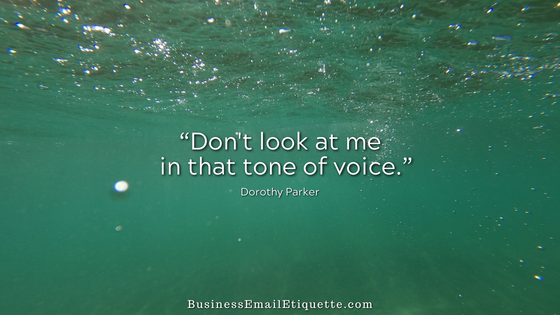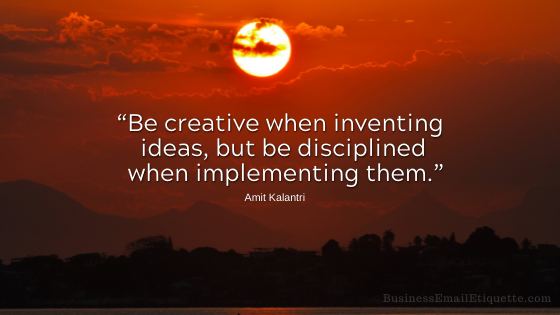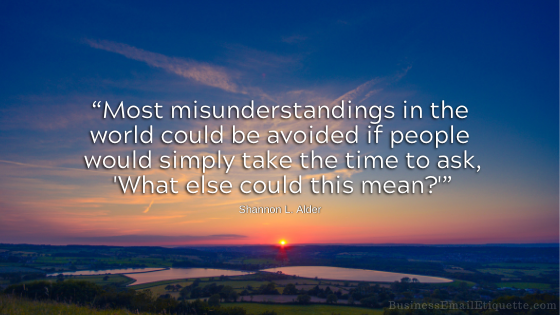In Business Email Does Size Matter?

See what I did there—got your attention, right?
Okay, seriously, does font size matter in business emails? First, I was asked this in a visitor email who requested that I cover the topic. Then, the next day, I received another size-related request asking how long emails should be.
Each “size” issue differs, so let’s cover each separately.
Tried and True Guideline
If you are a regular reader, you know what I will say…
Any text larger than other email text will be perceived as adding emphasis. You will then have no control over the level of emphasis the recipient perceives.
That could prove disastrous and lead to unintentional misunderstandings. You can count on the other side adding more emphasis than you intended. (This goes for bolding too!)
So, what’s with larger fonts?
Unless we refer to headlines in formatted newsletters, there is no reason to increase the font size selectively. When you send an email, the other side uses the words you use and how you type them to determine intent and tone.
Since it takes a manual setting change to increase the font size — folks will assume there is a reason for doing so. And if it is much larger, do not be surprised if they take that to mean you are “raising your voice.”
Keep your font size set at the default of your email software program, and if the emphasis is your goal, choose the words that best fit your intent. Work at growing your vocabulary instead of relying on formatting.
From my point of view, after all these years, I’ve yet to run into a situation in the business email where making the font larger served a constructive purpose.
Next, the Size or Length of Emails
This is where your discretion comes into play. Emails are not meant to be manifestos and are best used for quick and concise communications.
If you have a complicated or extended topic to communicate, I recommend you pick up the phone or have an in-person meeting. In my experience, it is not uncommon to have miscommunications or for details to get lost in long-winded (more than a handful of paragraphs) communications.
Most folks scan — they don’t read. So, if you need to make multiple points, use bulleted lists. Keep your sentences to less than 20 words and your paragraphs to 2-3 sentences. These tips will help make your emails easier to read and more concise.
If you have some info to share, include it in an attachment. Then, use your email as a summary of what the attachment contains. PDF works best because it is not software or platform-specific.
Just be sure that your attachments are not gargantuan. I talk about that in more detail here.
Now you know that size does matter — in email, too!
Do you have a topic or question you want me to cover here on my blog? Let me know here!





